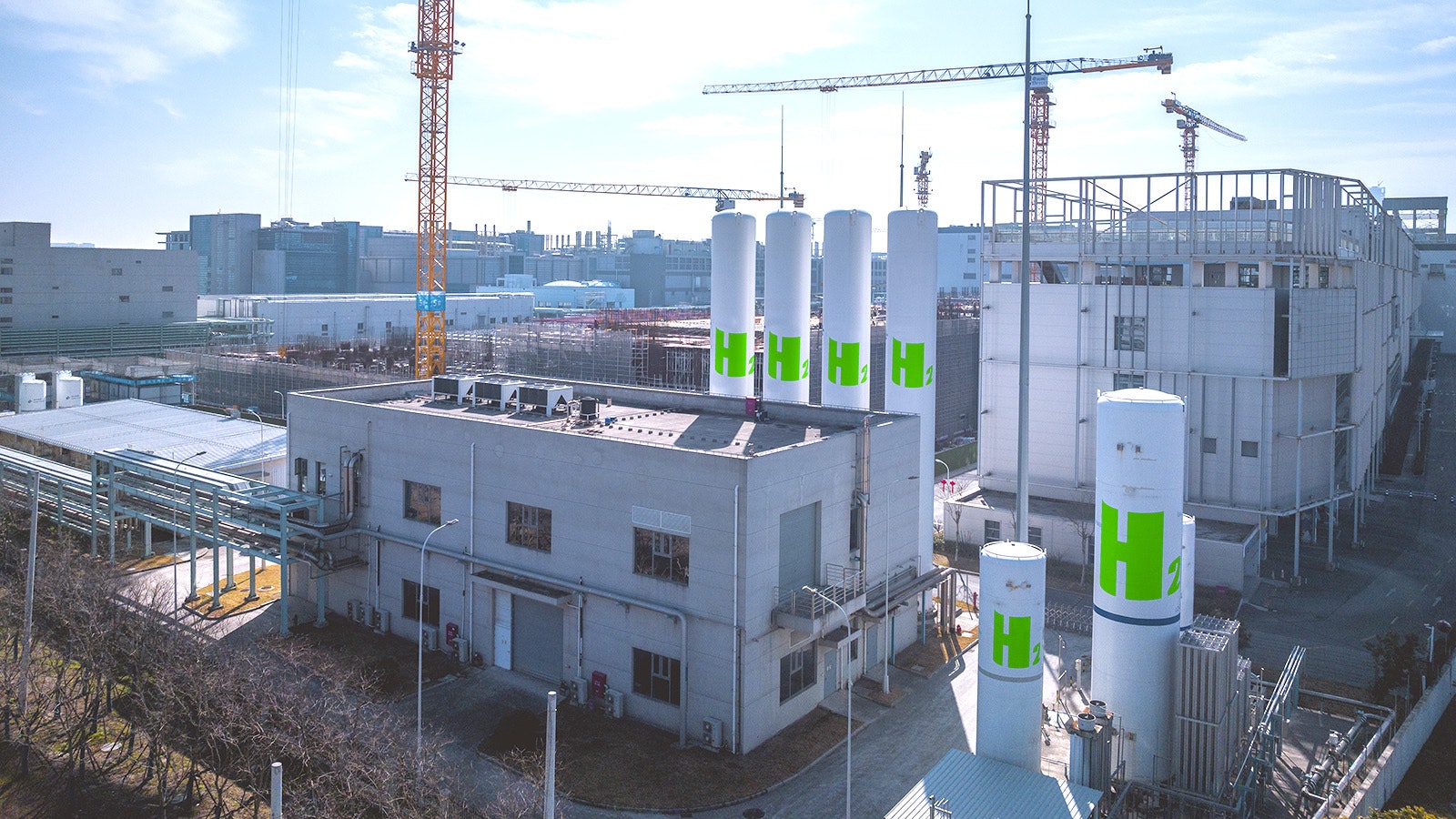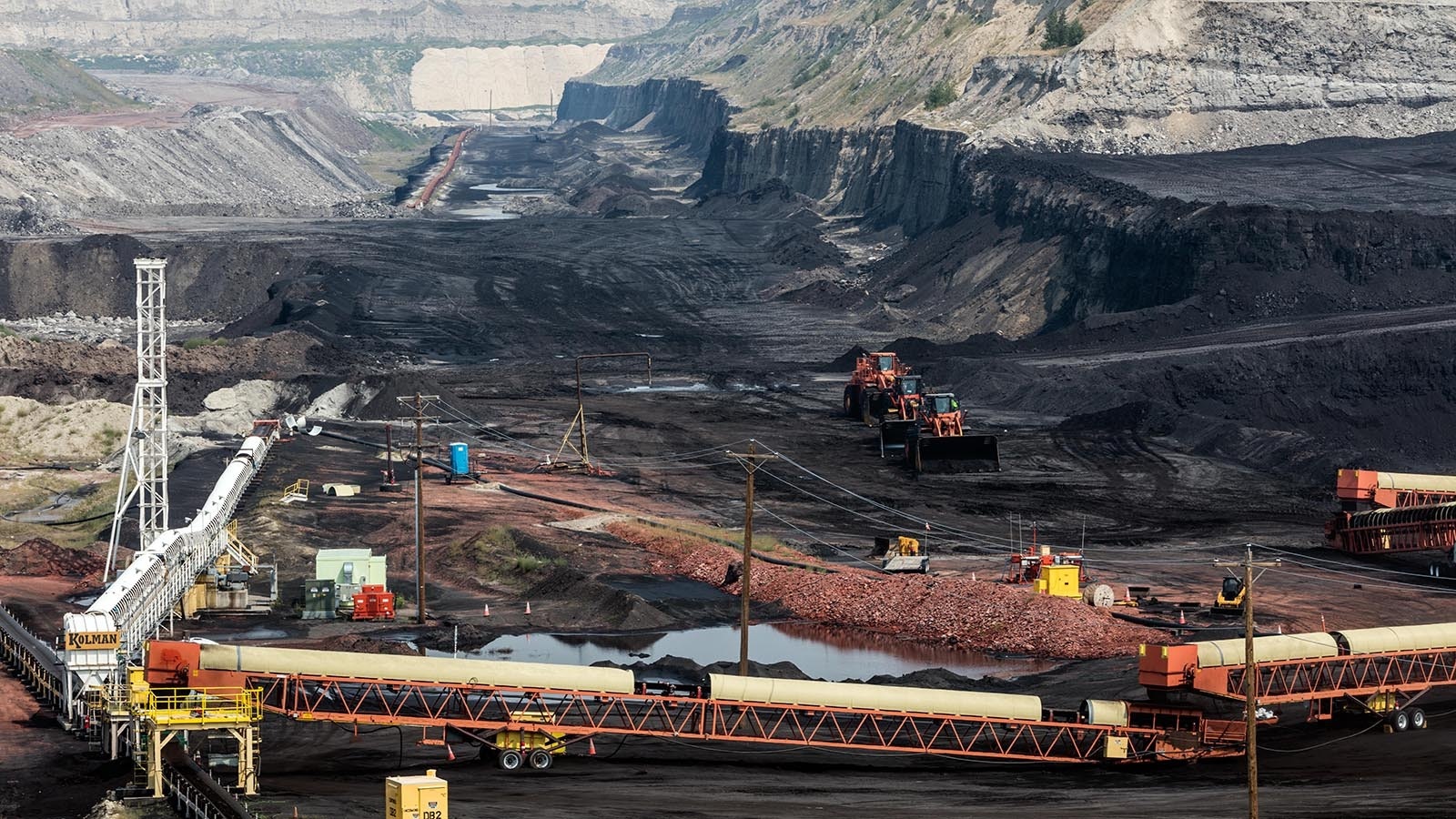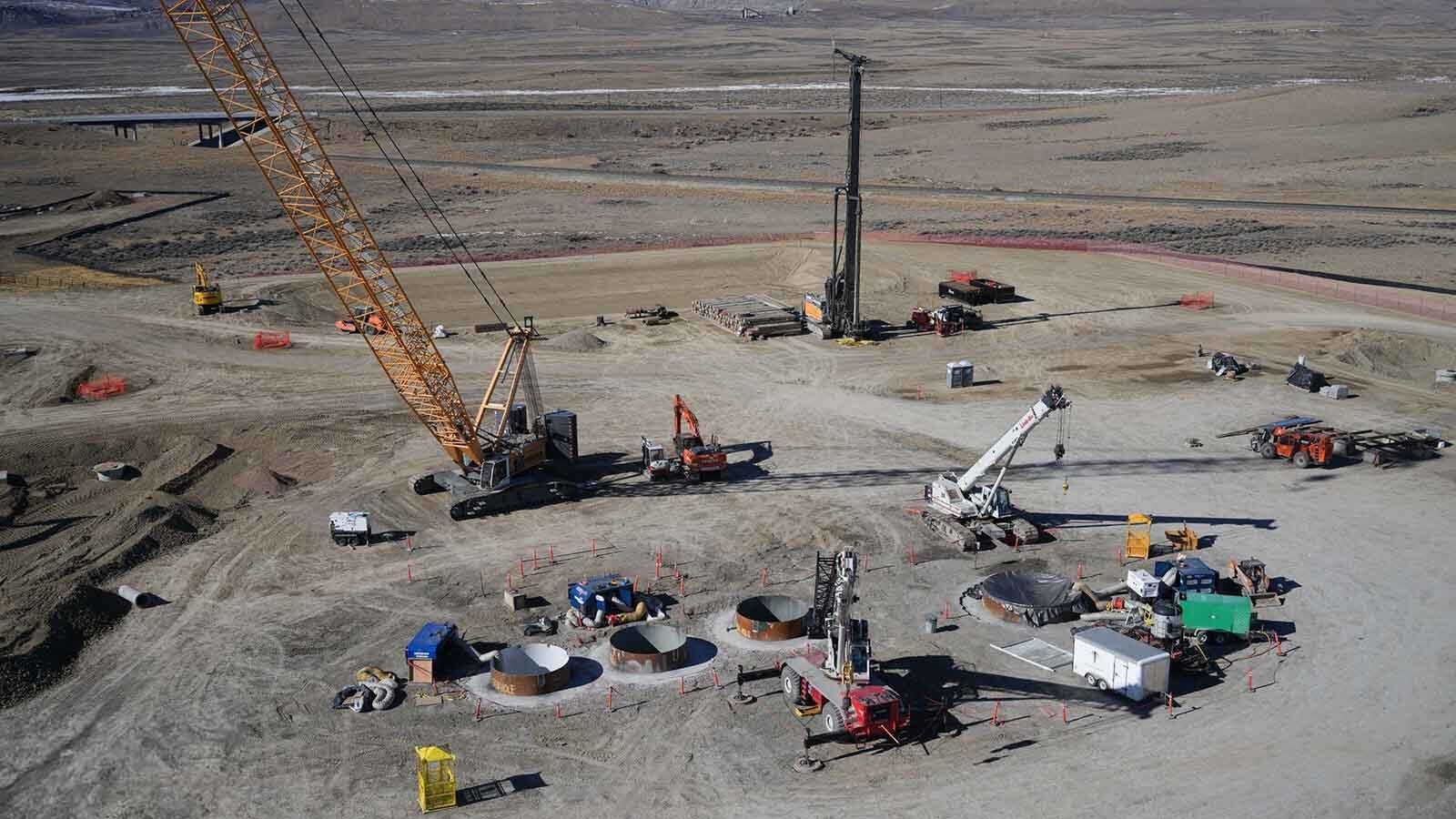Wyoming is betting that a hydrogen industry will be an important contributor to the state’s future economy.
The Cowboy State joined with Colorado, New Mexico, Utah and eight private companies to apply this month for $1.25 billion from the U.S Department of Energy to create the Western Interstate Hydrogen Hub.
Critics of the project point to a number of problems that raise questions about the feasibility of the nation’s hydrogen plans.
The only benefit of using hydrogen over natural gas or coal is that it burns without emitting carbon dioxide, but it takes a lot of energy to produce hydrogen to use for energy.
Not A Primary Fuel
Last year, the DOE received 79 concept papers laying out plans for hydrogen hubs, and of those, 33 were encouraged to proceed.
“As an all-of-the-above energy state, Wyoming is poised to make the most of exciting new opportunities like hydrogen, which will be a cornerstone of our energy future,” Gov. Mark Gordon said in a statement announcing Wyoming’s participation in the multi-state application.
Frank Lasee, president of Truth In Energy And Climate, told Cowboy State Daily that the first thing people don’t understand about hydrogen is it’s not an energy source.
“Hydrogen is not a primary fuel,” he said. “It has to be created just like electricity has to be created.”
Truth In Energy And Climate is a news organization that challenges the climate crisis and net zero narratives. He’s a former state senator from Wisconsin, which is another state joining coalitions to go after the $8 billion in total federal money for hydrogen hub projects.
Green And Blue
Hydrogen can be created from water, coal or natural gas, and there are various methods used to get hydrogen from feedstock material. The various processes are given colors.
All processes require a lot of energy. As a general rule, it takes about twice as much energy to produce hydrogen than burning it, according to Doomberg, a team of former executives from the commodities sector who produce a Substack covering a variety of financial and energy topics.
Their calculations are supported by a study by the U.S. Department of Energy.
The proposed hydrogen hub that Wyoming is seeking funding for will produce “green” and “blue” hydrogen.
Lots Of Water
Green hydrogen is made from water and powered by wind and solar.
Lasee said it takes 13 times more water than the amount of hydrogen produced. Even more water is needed for cooling.
“Putting a green hydrogen hub in any dry desert region when you’re already short of water is really a crazy, stupid idea,” Lasee said.
Writing in Real Clear Energy, Lasee explained the water must be heated to 2,000 degrees and then shocked. The hydrogen produced has to be compressed to more than three times the pressure of the average scuba tank, and that requires it to be frozen to near absolute zero.
In his statement on the funding application, Gordon said the coalition partners know that a hub, if funded, will have to minimize the use of water.
“Wyoming has ongoing research and projects, which will only enhance its success and expand our economy,” Gordon said.
Land Of Turbines
For this process to be considered green, the electricity to power the electrolyzers has to come from wind or solar.
Since these sources are intermittent, Lasee said, they don’t work well for industrial processes, which need to run more or less constantly.
“So now you’ve got to over-produce electricity and store it somehow, if you’re going to make true green hydrogen,” Lasee said.
That means a lot of land covered with wind turbines and solar panels.
Battery storage also can be enormously expensive. A planned battery facility in New York will provide a few hours of back storage for a 9,000-megawatt offshore wind energy project. The battery factory will cost $7.5 billion and last about 10 years before it will have to be replaced.
The other way to produce hydrogen is with natural gas. The process creates hydrogen, but it also puts out carbon dioxide. If that carbon dioxide is captured, it’s designated “blue” hydrogen. If not, it’s environmentally downgraded to “gray” hydrogen.
“It would be cheaper to just burn natural gas for electricity and fuel than it is to turn natural gas into hydrogen and then use that hydrogen to make electricity,” Lasee said.
Facing Realities
Lasee said the reason hydrogen development is receiving so much support from climate activists and funding from the federal government is because the limitations of battery storage are bearing down on the push for 100% renewable energy.
“A tremendously stupid amount of batteries are needed to back up a 100% wind and solar grid,” Lasee said.
There’s now five Tesla Gigafactories, and it would require 950 years of their output to produce enough batteries just for the U.S. grid, Lasee said.
“I believe it’s a talking point to say, ‘Well, we’ll just use hydrogen and batteries. Hydrogen can store this power,’” Lasee said.
Anja Richmond, the program director for the Western Interstate Hydrogen Hub, said in a statement that the program includes a number of projects that will advance the use of hydrogen.
“We have conducted social characterization assessments for each impacted community and are confident that hydrogen will benefit these communities and their workforces for many years to come,” said Richmond.
Nutty Stuff
As Doomberg explains, hydrogen has a lot of utility after it’s produced.
Hydrogen fuel cells can be converted into electricity to power electric motors, which emit only water out the tailpipe.
These kinds of cars would use far less copper and other critical minerals than EVs, which would reduce the need for an exponential increase in mining that electric vehicle mandates will require.
For large-scale use of hydrogen, the challenges are greater. A kilogram of hydrogen has about the same amount of energy as a gallon of gasoline, but a standard 20-foot shipping container could only hold about three kilograms of hydrogen.
That’s why it has to be compressed and cooled, which means more infrastructure and a lot more energy.
“It’s amazingly nutty stuff they’re doing, and it’s bad energy policy,” Lasee said.





